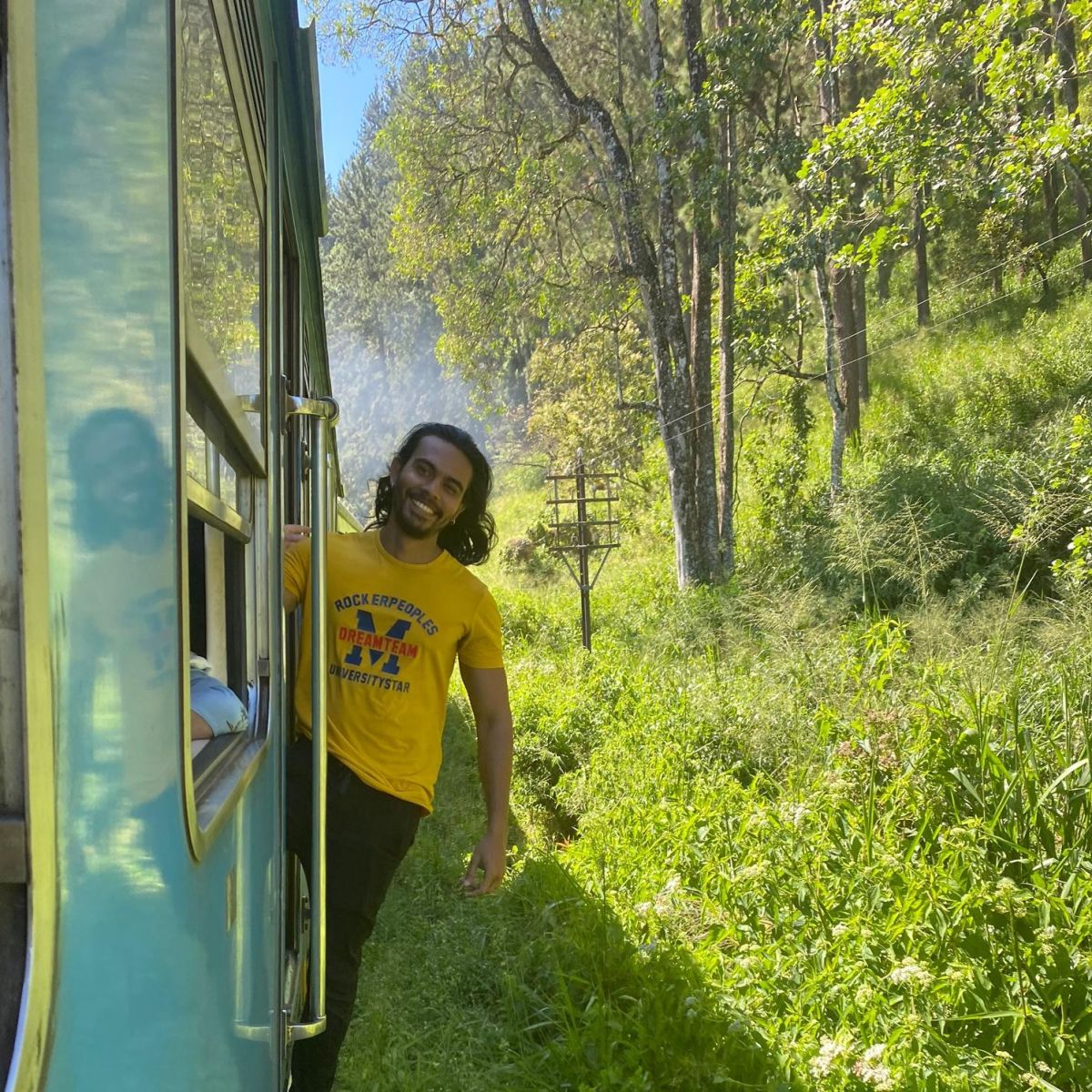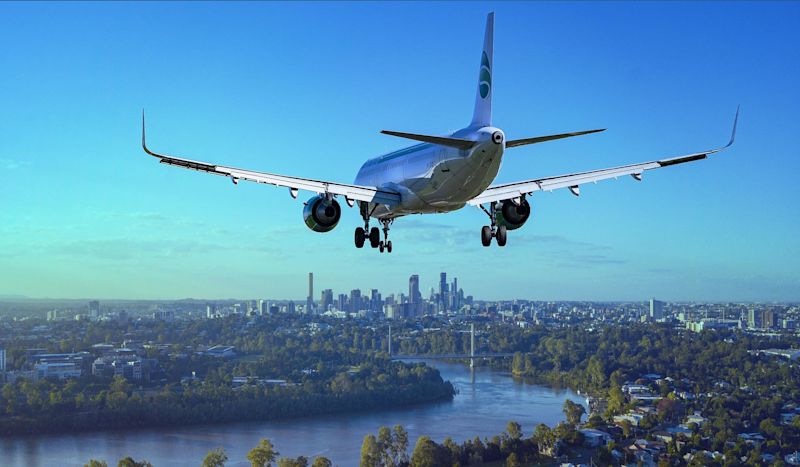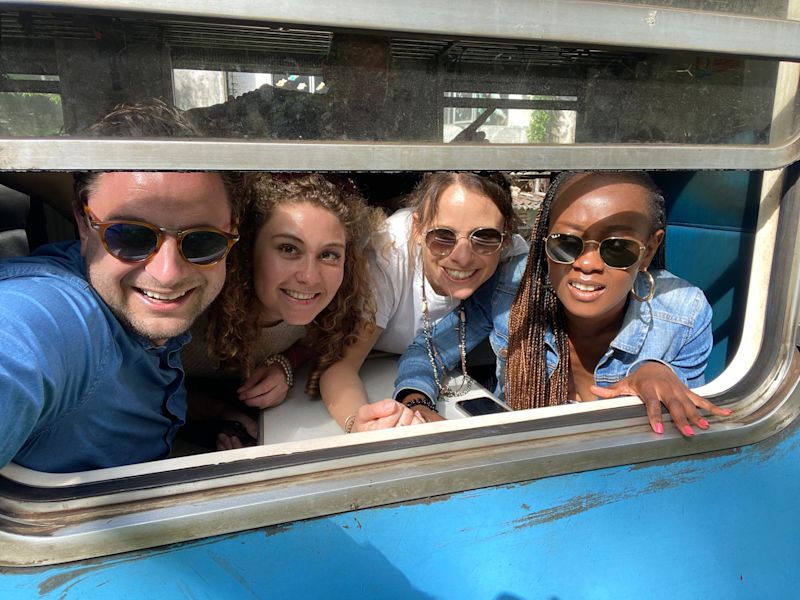The year 2020 gave the planet a little breather. But in 2021, according to an IEA report, carbon emissions rebounded to their highest levels globally. Ouch.
Making the travel industry more sustainable is something that requires everyone to play their part. We discuss various aspects of sustainable travel and tourism in How to travel responsibly and sustainably in 2022, for instance, and in Zero waste tips for travellers.
But another important sustainability topic is how to reduce – or offset – your carbon emissions when travelling. Here are several ways you can reduce your travel-related carbon footprint ...
1. Avoid air travel when possible
Air travel, we all know, emits a lot of CO₂ into the environment. Whenever possible, it's better to travel by land or water.
With this in mind, we encourage you to research whether flying to your destination is really necessary or not. It may take longer to get there, but often the journey forms a valuable part of the travel experience. Or perhaps instead of two flights, you can manage with only one flight and then a train ride. The fewer and shorter the flights you can take, the better.
If you cannot avoid flying to your destination, opt for a non-stop flight when possible, even if a little pricier. Planes that fly directly to a destination require less fuel. In fact, research by NASA shows that 25% of a plane’s carbon emissions arise from its take-off and landing!
The next best option when you must fly is choosing a flight itinerary with as few stops as possible.
2. Purchase carbon offsets
When you purchase a carbon offset, you're paying an organisation to remove a certain amount of greenhouse gasses from the atmosphere on your behalf. This isn't a cheap option, but in a sense it's a direct or obvious way to try to offset your carbon footprint, especially that accrued from flying.
Note that not all carbon offset companies are created equal. Some also really don't achieve what they claim. We recommend that you at least read reviews on your proposed seller before purchasing one of their products.
Carbon offsets aren't the golden ticket they're often made out to be. It's not that they have no value, just that they don't usually achieve all that's claimed.
Some airlines actually offer for you to purchase a carbon offset when you book your flight. A few of the airlines that have been praised for their carbon offset programmes are Qantas, KLM and Air Canada. But again, a little online research goes a long way.
Alternatively, you could use a carbon emission calculator and donate the monetary equivalent to an environmental cause of your choosing. In reality, you generally need to pay more than the equivalent to truly offset your carbon footprint. You can learn more in this vein by reading How Effective Is Carbon Offsetting Really? Here Are the Facts.
3. Plant trees
Whether you plant trees yourself or donate to a local organisation that will plant trees on your behalf, going green with trees is the most common way to offset your carbon footprint.
There are companies and organisations around the world that offer tourists the opportunity to plant an indigenous tree or two in the area. This usually proves a more meaningful experience than just donating money. As we discuss in The 10 best things to do in Kilimanjaro region, we encourage clients visiting Tanzania with us to engage in the "One trip – one tree" initiative taking place in Rau Forest Reserve near Mount Kilimanjaro.
That said, if you lack the time or capacity to plant a tree yourself, donating to a tree-planting organisation is still a great thing to do. By donating to the AFR100: Plant Trees for Africa programme, for instance, you not only help to restore forests, but you also help to provide local jobs and improve food security.
4. Invest in renewable energy
Another way to reduce your carbon footprint is investing in energy-efficient projects. In fact, this may be an even better option than planting trees, since the former directly reduces fossil fuel usage. It's a pricier option, to be sure, but one with long-term benefits.
One of the best ways to promote greener travel is to support research initiatives that are trying to find more energy-efficient and sustainable fuel sources and modes of travel.
If this option appeals to you (and of course nobody is suggesting you can't opt for more than one idea!), think about donating to causes like solar heating housing projects. These have the added benefit of possibly helping families who can't financially afford fossil fuel-based electricity.
5. Pack lightly
Tempting as it may be to take up airlines like Emirates on their two suitcases per person rule, it's better to pack lightly as the weight of your luggage adds to the weight of the plane, which increases the amount of fuel it uses. Packing lightly therefore decreases your personal carbon footprint.
To pack lightly, you need to plan ahead.
Research the climate of your destination, as well as other practical matters – like the type of plug point used in the country – and make a list of all that you’ll need.
Then consider what can do double duty (for instance, a bar that's soap and shampoo in one) and pack only what's needed. In fact, a bar of environmentally friendly detergent soap is a great travel accessory since you'll then be able to wash your minimalist wardrobe in your hotel room, thus reducing your usage of hot water and electricity on your trip.
6. Walk or cycle where and when you can
In destinations where it's safe to do so, walk where you can, and as often as you can. Not only is it completely green, you'll be getting fresh air and exercise. Furthermore, who knows what local attractions you may encounter on your walk?
Walking is a great way to get to really know your host city, town, village or countryside. You're also more likely to experience the place in a mindful manner. You may come across a fantastic busker, a great-smelling coffee van, an adorable doggo, or beautiful wildflowers that you can stop to admire.
Of course it goes without saying that we're not recommending you neglect your safety. Be sure to take the usual precautions when walking around. For instance, don’t display your watch or jewellery too prominently, and put your phone and camera away when you're not using them. Also, walk at night only if you know for sure that's it's safe to do so, and stick to populated areas.
Hopping on a bicycle is another great way of getting around. Many countries have public bike-sharing programmes you can utilise, while also having safe, demarcated cycling lanes. In countries where cycling is less the norm, be extra cautious. Not all motorists will give you the space or attention you might be used to.
Also be sure to brush up on cycling rules and etiquette in the host country. This includes knowing which side of the road to cycle on! And always wear a helmet – you can get the wind through your hair on other occasions.
7. Use public transport
Another way to be a zero waste traveller is to use public transport when possible over cars or taxis. Whether it’s a train, bus, boat, canoe, rickshaw or some other means, you'll ensure much fewer or even zero carbon emissions by opting for a means of public transport.
Travelling like a local will make you feel like a local!
If you do need to travel by car, however, the fewer cars the better, so carpool whenever you can. Remember that some e-hailing services offer a carpooling option, like Uber Pool.
We recommend that you research the modes of public transport as well as their routes and timetables before your trip. As with all zero waste actions, preparation is key. You're more likely to opt for a fuel-heavy taxicab or similar if you don't know about the other options available to you.
A key zero-waste practice is using public transport
If you're going to be staying in a destination for a while, it might be smart to invest in a bus or train pass. Also check to see if your accommodation offers a shuttle service that you can use (often at no extra expense).
Being a zero waste traveller takes some effort. But the rewards are obvious.
A note: always let someone know where you're going and when to expect you back. Your guesthouse or AirBNB host, hotel concierge or trip leader – these folks are good options as they'll notice if you don't return and so will be able to respond accordingly.
Finally, as with walking or bicycling, look to your safety. Ensure your phone is charged (even better, carry a power bank as backup), don't wear flashy jewellery, and try to learn enough of the local language so you can to speak to someone if you need help.
8. Take part in cleanups
Another way to reduce your carbon footprint is to volunteer your time at an environmental NGO while on your trip. Before you travel, do some research about your destination and see if they have any organised initiatives on the go. Perhaps you could join a beach cleanup day? Or an alien invasive eradication programme?
You could also consider taking along a trash bag for collecting litter from the river or hiking trail you're going to be visiting. You don't actually need to organise with anyone else to engage in a cleanup effort! Just bring along some gloves or tongs to protect your hands.
But if you'd prefer to join an established initiative, then an example of an environmental NGO you could partner with is Clean Bhutan, which helps its citizens and visitors reach their zero-waste lifestyle goals.
The degree to which we work to offset our carbon footprint is up to each of us. We personally feel that some action, no matter how small, is better than no action at all. So don't be overwhelmed. Just start small, and see where that leads.














